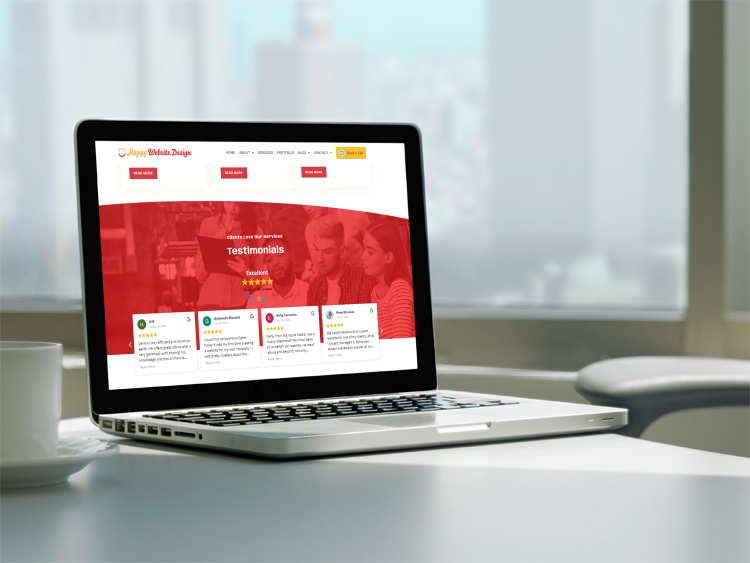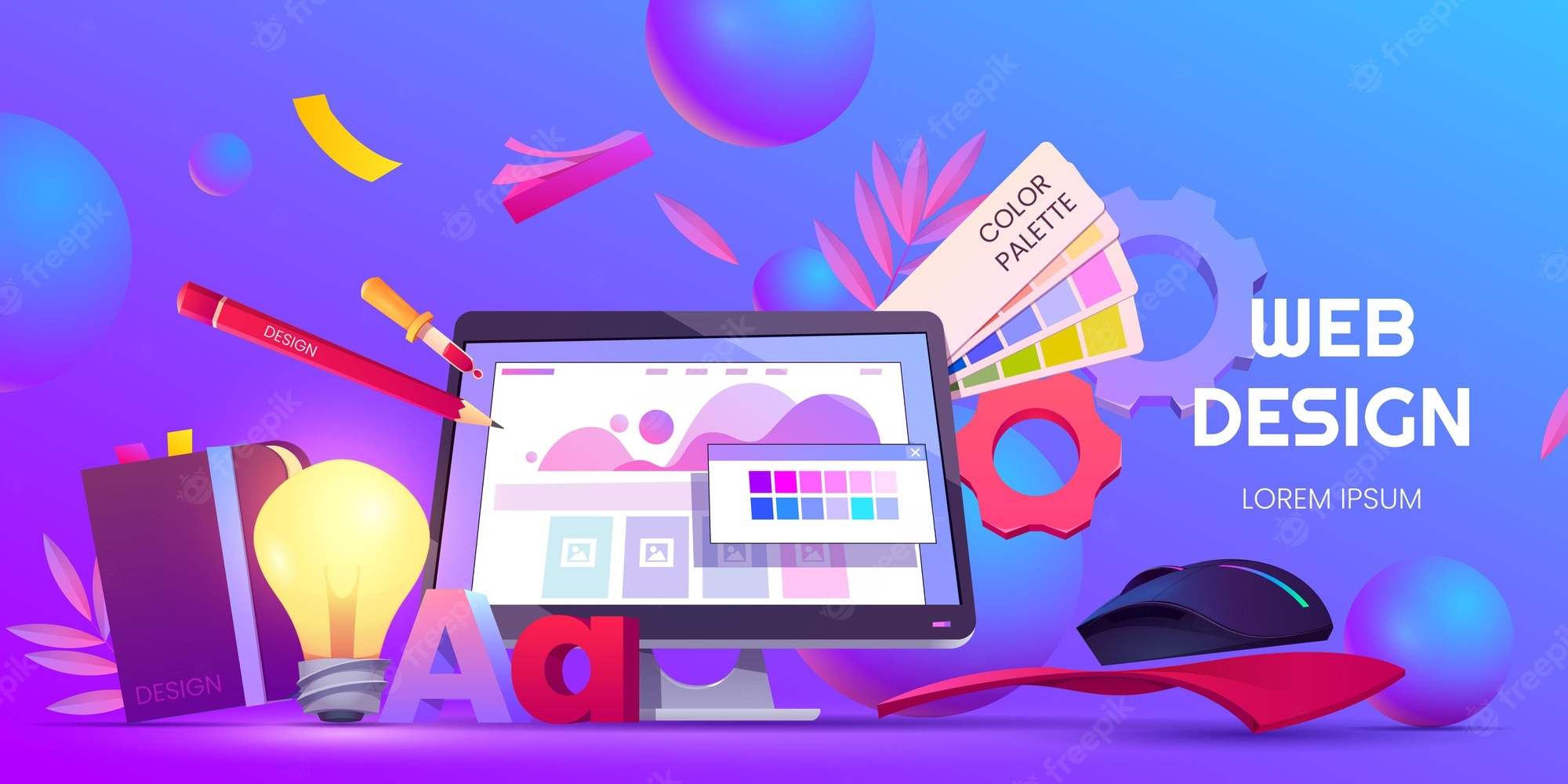Upgrade your brand’s visibility online with holistic web design approaches.
Upgrade your brand’s visibility online with holistic web design approaches.
Blog Article
Create a Well Balanced Online Experience With Holistic Internet Style
In today's digital landscape, producing a well balanced online experience through holistic internet design is necessary for satisfying the varied demands of individuals. By focusing on ease of access and straightening content approach with individual preferences, companies can substantially enhance interaction.
Understanding Alternative Website Design
This method takes into consideration not only aesthetic aspects however additionally performance, functionality, and the emotional influence of the site on its users. By viewing an internet site as an interconnected ecological community, designers can guarantee that every element-- visual style, web content, navigation, and interactivity-- works sympathetically to satisfy customer demands.

Incorporating an all natural perspective entails recognizing the target market and their certain needs, choices, and actions. It needs an evaluation of how customers connect with different aspects of the website and exactly how these communications affect their overall experience. This method also thinks about the broader context in which the web site operates, consisting of brand name identity, advertising and marketing approaches, and affordable landscape.
Inevitably, a holistic approach to web layout leads to a more interesting and reliable online existence. By focusing on the customer trip and cultivating a smooth experience across all touchpoints, developers can develop web sites that not only catch focus however additionally urge continual communication and satisfaction. This extensive approach advertises long-term success and fosters brand loyalty.
Trick Principles of User Experience

One vital principle is use, which emphasizes the significance of uncomplicated navigating and clear functionality. Sites must be very easy to browse, enabling customers to situate information promptly. This is very closely linked to uniformity, where design aspects, such as switches and food selections, ought to continue to be consistent throughout the website to enhance experience and ease of usage.
Another considerable principle is feedback, ensuring that individuals are educated about their interactions. Whether with aesthetic signs or notifications, comments reinforces a feeling of control and satisfaction. Furthermore, the principle of power structure dictates that details ought to be arranged practically, leading users with web content properly.
Lastly, emotional design plays an essential duty in UX. By evoking favorable emotions through aesthetic appeals and interactions, designers can develop remarkable experiences that cultivate individual loyalty - website development consulting. By adhering to these principles, web designers can create try here all natural experiences that reverberate with customers and accomplish their goals
Significance of Accessibility
Accessibility is a vital element of internet style that ensures all customers, despite their capabilities or disabilities, can communicate with electronic web content properly. By prioritizing access, web designers create inclusive environments that deal with varied customer needs, boosting total individual experience.
An accessible internet site follows developed standards, such as the Web Web Content Accessibility Standards (WCAG), which recommend methods like supplying message alternatives for non-text web content, making sure enough color comparison, and making it possible for keyboard navigating. These practices not only offer users with specials needs, such as visual or auditory disabilities, yet also benefit other customer teams, including those with situational restrictions or older adults.
In addition, the significance of accessibility extends past moral factors to consider; it additionally impacts business outcomes. A comprehensive web site can get to a wider audience, eventually resulting in boosted involvement and conversions. Furthermore, availability compliance reduces the risk of legal repercussions connected to discrimination.

Incorporating Content Approach
Developing a comprehensive digital environment naturally results in the need of a durable content strategy that lines up with individual demands. A reliable material strategy works as the foundation of holistic website design, guaranteeing that information is not only easily accessible yet additionally visit this website engaging and appropriate. It requires a deep understanding of the target audience, including their preferences, habits, and possible barriers to accessibility.
To integrate a content approach effectively, organizations have to prioritize user-centric content production. This can be attained with detailed target market research, which educates the sorts of material that will reverberate with customers. In addition, content should be structured practically, using clear headings, bullet factors, and concise language to improve readability.
Partnership across teams-- design, advancement, and web content-- is vital to ensure that the content technique is cohesively executed. Normal audits of content efficiency will certainly help try this in refining approaches, ensuring the web content continues to be fresh and lined up with individual assumptions. Lastly, integrating multimedia elements can improve individual interaction, satisfying varied discovering styles while advertising inclusivity. By prioritizing a natural material technique, organizations can develop a balanced online experience that cultivates engagement and availability for all users.
Measuring Success and Engagement
While a well-executed content approach creates the foundation of all natural website design, measuring success and interaction is essential for examining its efficiency and guiding future enhancements. Secret performance indications (KPIs) such as page sights, bounce prices, and average session period give quantitative insights right into individual behavior. These metrics highlight which web content resonates most with individuals and where potential rubbing factors may exist.
Moreover, qualitative steps, such as customer responses and studies, can use deeper insights right into customer fulfillment and interaction levels. Tracking social media communications and conversion rates likewise helps assess the efficiency of content in driving wanted actions, whether that be purchases, sign-ups, or info requests.
Using tools like Google Analytics, heatmaps, and A/B testing can improve understanding of user interaction patterns and choices. This information allows internet developers and material planners to iterate on their designs, ensuring that the online experience continues to be user-centered and straightened with company objectives.
Final Thought
By focusing on customer needs and access, developers can develop interconnected communities that improve involvement and fulfillment. A well-aligned material strategy even more contributes to a natural user experience, while regular comments mechanisms are crucial for cultivating commitment.
Report this page